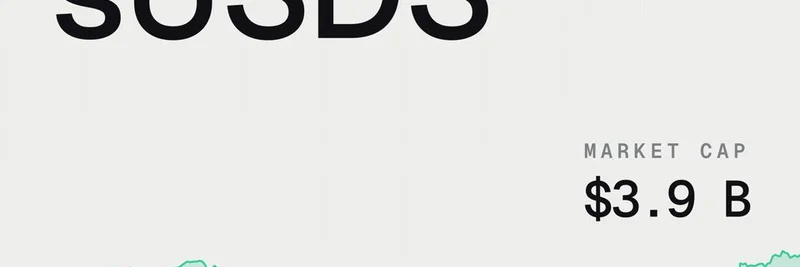Hey there, blockchain enthusiasts! If you're into meme tokens and the wild world of crypto, you've probably heard the buzz about India's latest move in digital assets. As spotted in a recent post from BSCNews on X, India is gearing up to introduce ARC, a rupee-pegged digital asset developed by Polygon and Anq, with a rollout planned for early 2026. This could be a game-changer for how we think about stablecoins and their role in emerging markets.
First off, let's break down what ARC actually is. ARC stands for Asset Reserve Certificate, and it's essentially a stablecoin – that's a type of cryptocurrency designed to maintain a steady value by being tied to a real-world asset, in this case, the Indian rupee. Unlike volatile meme tokens that can swing wildly in price, stablecoins like ARC aim for stability, making them useful for everyday transactions, remittances, or as a safe haven during market dips. What's unique here is that ARC is backed by Indian government securities and treasury bills, giving it a sovereign stamp of approval. This means it's not just another private crypto project; it's got official backing, which could help bridge traditional finance and blockchain.
Polygon, a popular layer-2 scaling solution for Ethereum, is teaming up with Anq, a fintech firm specializing in digital assets. Polygon is already a hotspot for meme token activity thanks to its low transaction fees and fast speeds – think of projects like those quirky dog-themed coins or viral community-driven tokens that thrive on its network. By building ARC on Polygon, this initiative could bring more liquidity and users into the ecosystem, potentially boosting meme token trading in India and beyond.
According to reports from sources like the Times of India, this project is part of India's broader push into tokenized financial infrastructure. It's being positioned as a complement to the country's Central Bank Digital Currency (CBDC), the digital rupee, creating what some are calling a "Twin-Rupee" system. The CBDC handles central bank operations, while ARC could facilitate private sector innovations, all while ensuring compliance and security.
For meme token fans, this is exciting because it signals growing crypto adoption in one of the world's largest populations. India has had a rocky relationship with crypto in the past, with strict regulations and taxes, but moves like ARC suggest a more welcoming stance. Imagine easier on-ramps for Indian users to buy into meme tokens on Polygon without worrying about currency fluctuations or regulatory hurdles. It could open the floodgates for new projects, increased trading volumes, and even cross-border meme culture exchanges.
Of course, there are questions ahead. How will ARC integrate with existing stablecoins like USDT or USDC? Will it be fully decentralized, or more of a hybrid model? And what about scalability – Polygon's tech is solid, but handling a national-scale asset will be a big test. As we approach 2026, keep an eye on updates from Polygon and Anq; this could reshape the meme token landscape in ways we haven't seen yet.
What do you think – is ARC the boost Polygon needs, or just another stablecoin in the mix? Drop your thoughts in the comments, and stay tuned to Meme Insider for more on how blockchain news ties into your favorite meme tokens.



